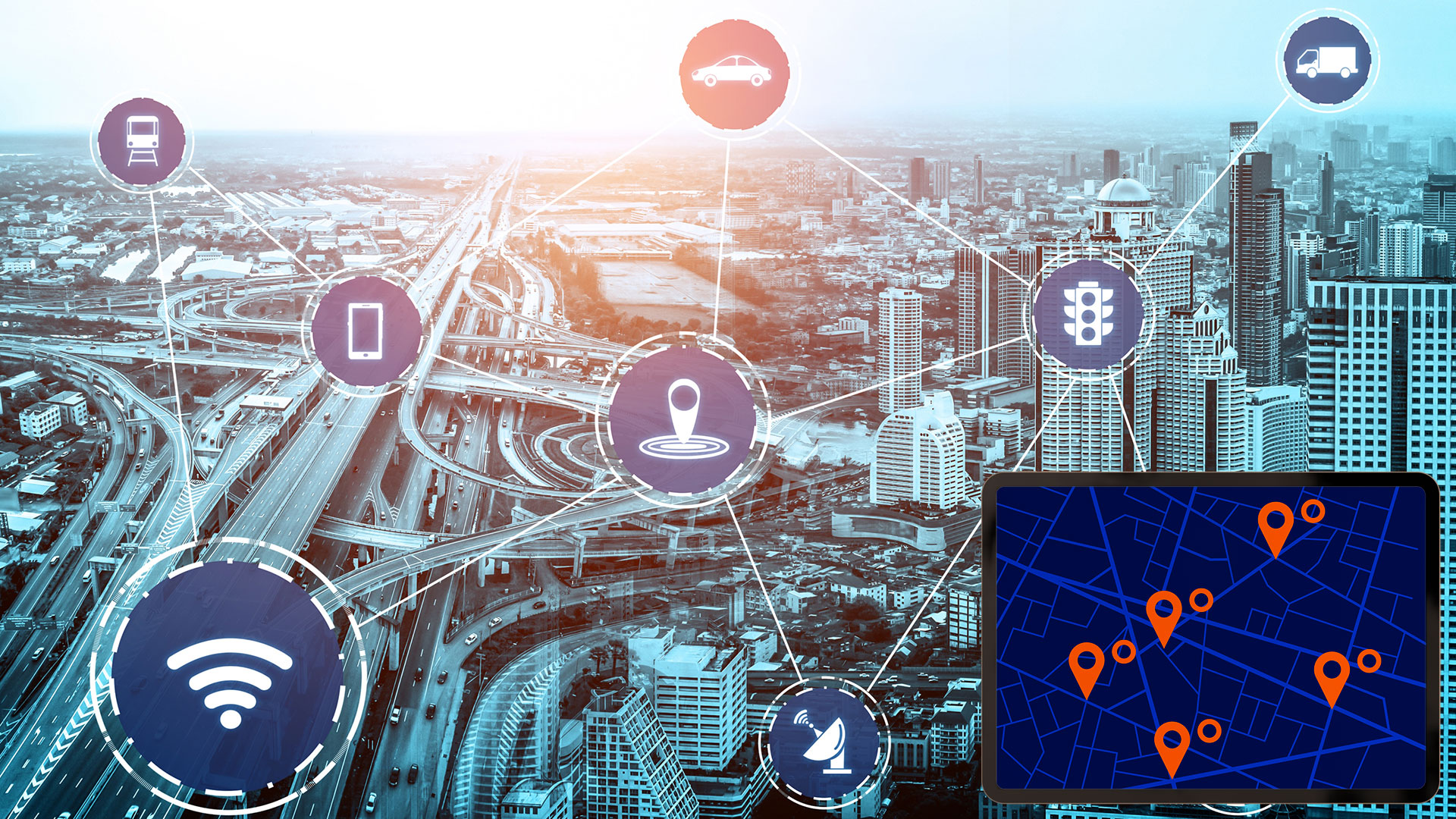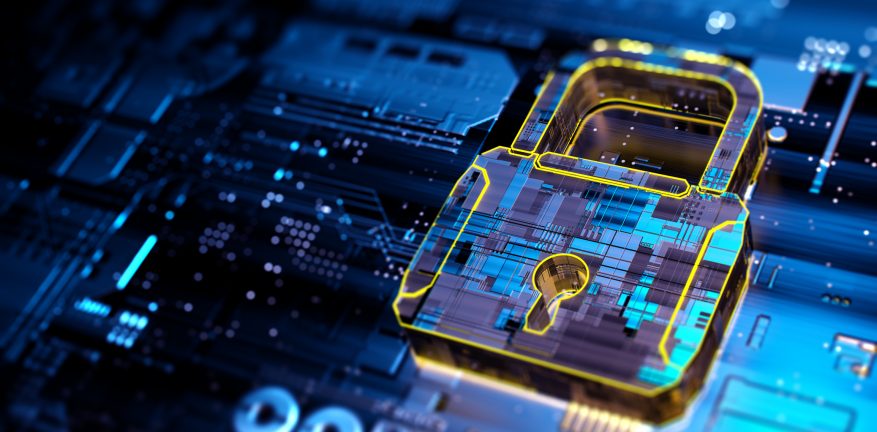We can carry internet connectivity with us everywhere we go thanks to IoT devices. There are countless sorts of IoT devices that may be used in corporate, industrial, and medical applications to provide seamless experiences where we work and play.
This article will provide you with all the information you need regarding IoT devices if you’re new to the Internet of Things. Describe them. How do they function? And what benefits might you derive from IoT devices? Let’s start now.
IoT devices: what are they?
Many individuals still living today can recall a time before the internet. We are bringing connectivity and computing closer to the edge than ever before with the aid of the Internet of Things. IoT devices are pieces of hardware that have been designed for a particular use and may communicate data through networks and the internet.
The forms, sizes, designs, and purposes of Internet of Things devices are diverse. The Internet of Things includes sensors, actuators, gadgets, appliances, and computational devices. IoT devices are small pieces of digital equipment that can be taken almost anywhere. This is different from PCs and other installations that can’t be moved.
With the use of machine learning AI, they assist individuals in gathering and understanding data acquired from the environment. Some of the most popular Internet of Things devices include home security cameras like Ring, smart home devices like Amazon Alexa or Google Nest, and even smartwatches.
IoT devices may be used for a variety of purposes
With the help of implants and medical devices, they help people live active lives. With the help of sensors and predictive analytics, they help businesses avoid bottlenecks and interruptions in their daily operations. With their help, you can even change the temperature of your home from afar.
How do Internet of Things devices function?
To comprehend how Internet of Things devices may make human lives and activities simpler, one does not need to have a technical grasp of the ins and outs of the Internet of Things. An IoT device is basically a small computer that sends information to the cloud.
After processing the data, the cloud makes a decision on what to do with it. Depending on the transfer of the data, the cloud programme could decide to, for instance, issue an alarm, modify a sensor, or show a warning. Most devices connected to the Internet of Things are made to work on their own with data, with the exception of being programmed.
But there is a user interface that has several levels of usefulness. For example, some tasks can be done automatically, while others may need to be approved by a person first. The Internet of Things system receives the user’s modifications made through the user interface and relays them back to the device, instructing it on what to do next. That might entail dismissing the warning, documenting an anomaly, or communicating with staff. Let’s look at how an Internet of Things system works in order to better grasp how IoT devices operate.
An integrated Internet of Things system is made up of four parts that make it possible for IoT devices to do what they were programmed to do:
- devices or sensors
- Connectivity
- processing data
- user experience
Let’s examine each element in more depth.
Devices and sensors
Sensors and IoT devices begin by gathering information from their surroundings. This could mean keeping an eye on the temperature or barometric pressure, watching a video lesson, or keeping track of certain steps. Internet of Things devices may get this type of information and data from their surroundings in a variety of ways. Devices may gather data in a variety of ways, such as through cameras, accelerometers, and GPS.
Connectivity
An IoT device delivers data it has gathered from the environment via sensors to the cloud for processing. Connectivity is how the data travels to the cloud. IoT devices can connect to the cloud in a number of ways, such as through WiFi, Bluetooth, satellite, cellular, and 5G connections.
Data processing
It’s time to handle the data after it has reached the cloud from a linked IoT device. Computers have trouble communicating qualitative information well, and they have to follow strict rules to be able to read, understand, evaluate, and act on what is put in.
Data processing involves converting raw data to a machine-readable format on the cloud so that the IoT device can determine what action to take next. Internet of Things devices are set up to sense and understand certain datasets so that they can do certain things and functions based on those datasets.The way the cloud analyses and interprets data is through data processing. This could be a simple task, like making sure the temperature is right, or a more complicated one, like using computer vision to find safety issues.
User experience
What use is data if it cannot be used? Because of this, most IoT devices have a user interface (UI) that lets people interact with the device. After the data has been processed, the UI makes the output and shows it to the user. An Internet of Things (IoT) device can provide a result in several ways. For instance, when a motion is discovered at a site after hours, a company owner might get an SMS alert. If the temperature in a cold storage unit gets too high, an IoT device might flash a warning or, if certain conditions are met, run a pre-programmed procedure right away.
IoT Gadget trends
A new age of tech trends has been triggered by the growth of linked IoT devices. The Worldwide Edge Infrastructure Forecast predicts that Internet of Things edge infrastructure will become one of the major drivers of development in the SSD industry. IoT devices are getting better as developers keep coming up with new ways to connect organisations to important data sets.
Over the past ten years, the consumer market for IoT devices has exploded. The number of linked devices increased from one billion in 2011 to 46 billion in 2021. Let’s talk about some of the IoT device trends that are propelling the development of this new technology.
5G
It makes sense to have 5G connectivity in the Internet of Things age. When it comes to the fast-developing Internet of Things, more bandwidth is needed. In this manner, several devices may connect through various networks while still anticipating real-time connectivity. Large volumes of data can be handled by 5G’s higher bandwidth without slowing down the connection. Additionally, it enhances AR and VR experiences with no latency or buffering.
IoT in healthcare with AI
The strength of Internet of Things devices is mostly dependent on AI features like machine learning. In the healthcare sector, AI algorithms are being used by experts to collect data, track patient care, conduct research, and model and forecast disease development and treatment trajectories. In more patient-centered healthcare models, less time is spent in the lab and more time is spent caring for patients. This is possible because of better clinical processes and easier data collection that is compliant with GDPR.
Wearable technology
Wearable technology is being embraced by consumers in a number of ways. How we interact with the world is changing as a result of smart technology like smartwatches and smart home devices. A brand-new way to work, play, shop, and hang out is promised by Meta’s new VR spectacles. And more wearable technology is being used in the healthcare industry to monitor and treat patients.
IoT solutions for businesses
To improve overall operations and make them safer, more effective, and more productive, numerous Internet of Things tools, sensors, and other devices are being created for a variety of purposes across sectors. However, a lot of businesses are still managing obsolete software and antiquated technology. Turnkey IoT devices, software, training, deployment, and support are all included in packaged IoT solutions for organisations, giving them the chance to take a giant step forward in time.
Business intelligence
Business intelligence is now more accessible to enterprises thanks to Internet of Things devices. Data is analysed using predictive analytics to identify potential business trends, and recommendations are then made. Strategic forecasting improves decision-making to find growth possibilities, cut costs, and streamline processes. Businesses can also use it to keep an eye on their networks, analyse risks, keep clients, fix problems, and find fraud.
The benefits of Internet of Things Devices

Let’s quickly review some of the benefits and drawbacks of IoT devices before we finish.
The following are a few advantages of IoT devices:
Automation
IoT devices give people the chance to automate a number of important but time-consuming business tasks, which frees up staff members to do other useful things.
Enhanced customer service
IoT devices may improve the customer experience by making it easier to check in, make appointments, and do other customer-facing tasks that help manage your brand’s reputation.
Connectivity
Internet of Things devices aren’t self-sufficient. Authorized users have access to data collected by an IoT device from any location. improved utilisation of assets and resources. When integrated with an ERP system, IoT devices expedite maintenance and resource planning tasks.
Enhanced communication
IoT devices can help teams that are spread out in a lot of different places manage projects and talk to each other.
Cost-effective operations and streamlining
Internet of Things devices make it easier to track and manage things like spending, scheduling, transportation, and resources.
Improved circumstances for workplace safety
IoT devices could help businesses meet regulations by keeping an eye on dangerous products, controlling machinery, and so on.
Enhanced marketing & business growth
Data from Internet of Things devices can help businesses make decisions based on what users say and how customers act.
The devices of Internet of Things technology
However, there are several drawbacks that IoT devices must overcome:
Worries about cyber security: Every 39 seconds, a mobile attack is made, and the more Internet of Things devices there are, the more ways there are to break into a network.
Lack of uniformity: Businesses that need to comply with HIPAA are worried that there aren’t any rules for putting in place strict controls over how data is managed.
Dependencies on networks & electricity: Internet of Things devices are essentially worthless without power and connectivity.
Deployment Difficulties: The cost of setting up an Internet of Things system is high, and it has a steep learning curve that requires resources and training for the whole company.


